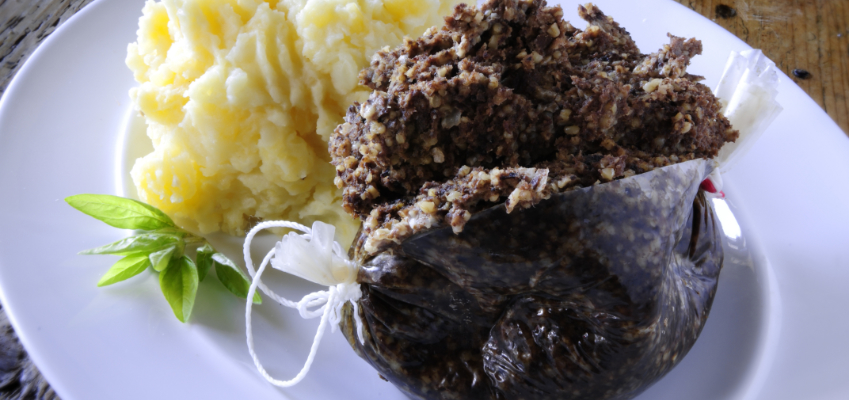By: Henriette Bylling, CEO aka The Queen of Petfood at Aller Petfood Group
What is a by-product?
In the world of pet food, by-products have become something that sends the warning bells ringing. But what are by-products and are they all to be considered as “bad”?
By definition an ingredient becomes a by-product if it comes from a processing plant where it is not used in the production of the core product. So, if I, as a pet food producer, buy cracked peas from a factory who sells whole peas for human consumption as a core product, I will de facto be using a by-product in my pet food. Even though the cracked peas have the exact same properties as the whole peas. Furthermore, no matter whether they are whole or cracked, we will be grinding the peas as part of the dry pet food production process anyway. In summary: In this case, I see no reason to set off the “by-product alarm”.
Plasma as an example of a by-product: is it disgusting?
Pets love offal and blood. Depending on the country you live in this preference is not always shared by us humans. When offal and blood by products from the meat industry is used in wet pet food it is well received by the pet. But it might set off the “by-product” alarm with some pet parents.
I recently read an article where the author was outraged by the use of plasma in wet pet food. Appealing to the consumers that they should find this disgusting. Plasma is basically the white blood cells in animal blood from human food slaughter houses. It is separated from the red blood cells and gently spray dried. So, is it really that disgusting and outrageous? My other half happily eats black pudding (an English blood-based sausage). Another example is the Scottish Haggis which contains blood used as a thickening agent in a manner very similar to that used in wet pet food. Furthermore, the plasma has a positive influence on the pet’s digestion. Admittedly these foods are not to everybody’s liking. However, I will argue that by drawing these parallels, I believe that the stigma of plasma is significantly deflated.
Once again transparency could be the answer
I am fully aware that not all by-products are quite as “innocent” as the above examples. The big question still remains: Are bi-products actually a part of the ingredients list in the pet food you feed your pet?
I believe that we need to help remove the stigma of by-products through information and transparency throughout the value chain. To take the first step in this direction I will be sharing our selection process and quality control of raw materials for our wet petfood production in my next article.
As some of you might know I have previously written and article about the importance of us pet food producers to take the lead in reaching transparency in the world of pet food. (read the article here).
As always I welcome and value your comments and input.
Link with Henriette on LinkedIn
Our focus: Transparency in pet food and in the pet food industry
This article is part of our overall focus on transparency in the pet food industry. If you want to make sure not to miss out on our articles, shares and comments on industry trends, please subscribe to our newsletter in the box to your right or in the bottom of this page
#petfood #transparency #transparentpetfood #transparentpetfoodindustry
Want to read more from Aller Petfood’s News & Knowledge section?
Read the previous article here



